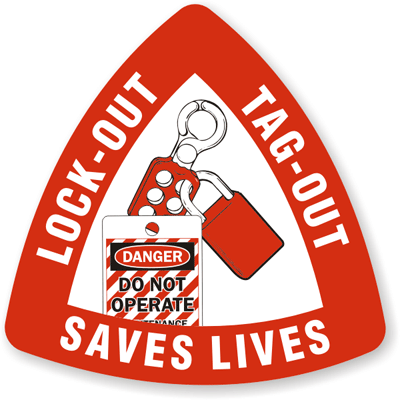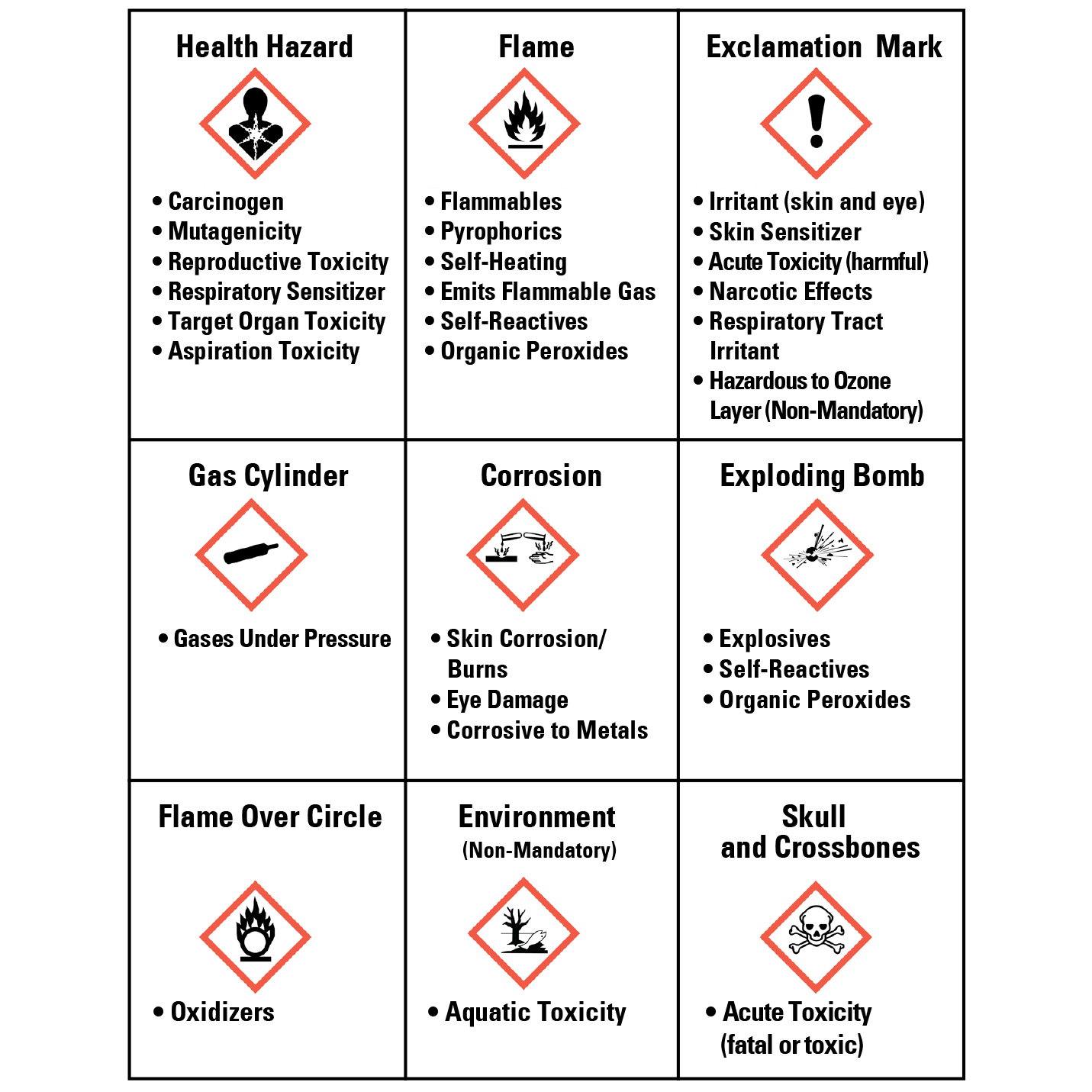EPA Withdraws "Once In, Always In" Clean Air Act Policy
/Important Clean Air Action: The U.S. EPA withdrew the “once-in-always-in” policy under the CAA which required major sources to comply with MACT standards. Under the new policy, a facility can be reclassified as a smaller area source and as a result be subject to less stringent requirements.
Read More

















